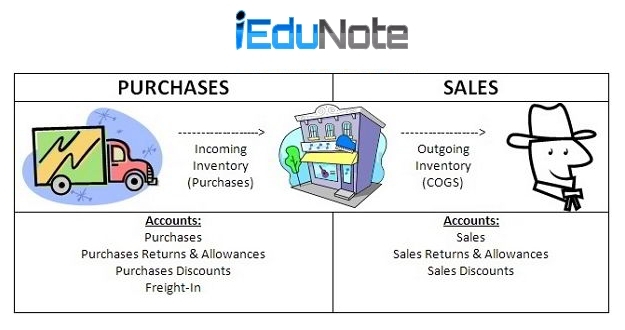Merchandise inventory is finished goods acquired for sale by retail or wholesale traders. Finished goods possessed for sale by manufacturers are usually called finished goods inventory. Since accounting is the same for merchandise and finished goods, the merchandise inventory here is referred to both.
Some goods are purchased in finished condition, and ready to sell.

For example:-
Retail cloth firms normally purchase pant cloths, shirt cloths, ready-made shirts, pants, and blouse etc. which are always ready for sale.
Another example, retail firms’ hardware stores purchases hammers, nails, wrenches, and bolts etc. for ready sale.
Other goods are purchased that require some minor finishing or assembling to make them ready for sale.
For examples:-
Bicycles are purchased in un-assembled condition. To make them ready for sale they need to be assembled. Since such finishing activities are minor goods these are included in merchandise inventory.
But manufacturing companies purchase raw materials that they must convert into finished products.
For example:-
Furniture manufacturers purchase wood, plastic, glue, nails and other required raw materials and convert them into finished products like a table, chairs, shelves, desks, etc. and these are finished goods inventory.
To be included in merchandise inventory finished goods must be ready for sale. Thus, the same assets represented by one firm as merchandise inventory may be considered differently by another firm.
Suppose, for example:-
The Dakar Furniture House has desks and file cabinets in its warehouse ready for sale and these are considered as merchandise inventory.
The Modern Plumbing Supply Company buys some of these desks and file cabinets for its office use; these assets are considered as its office equipment.
Any goods, whether it is the iron one or sheet steel or toy trains, if it is finished goods and ready for sale, it is the merchandise inventory of the firm that owns it.